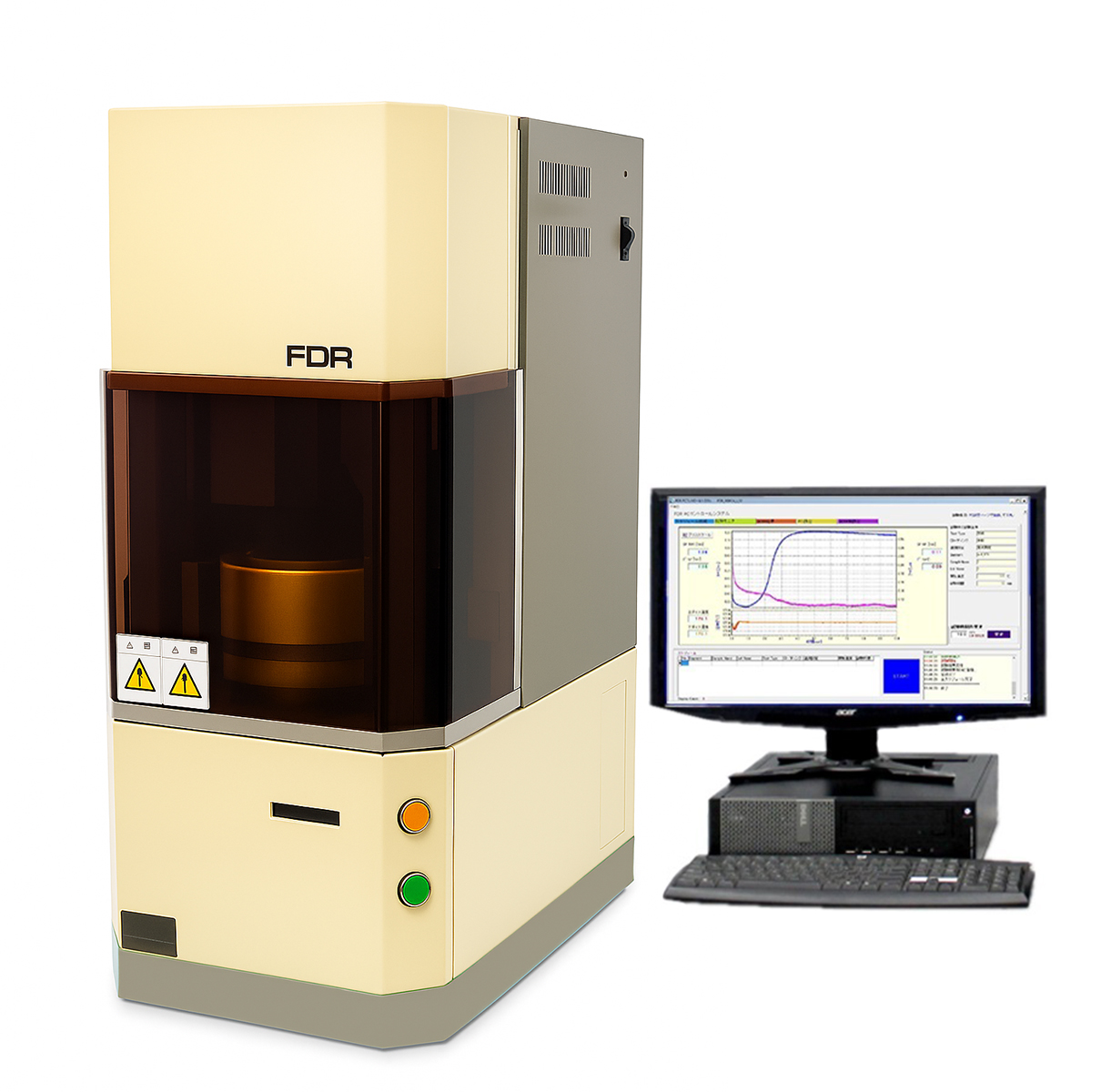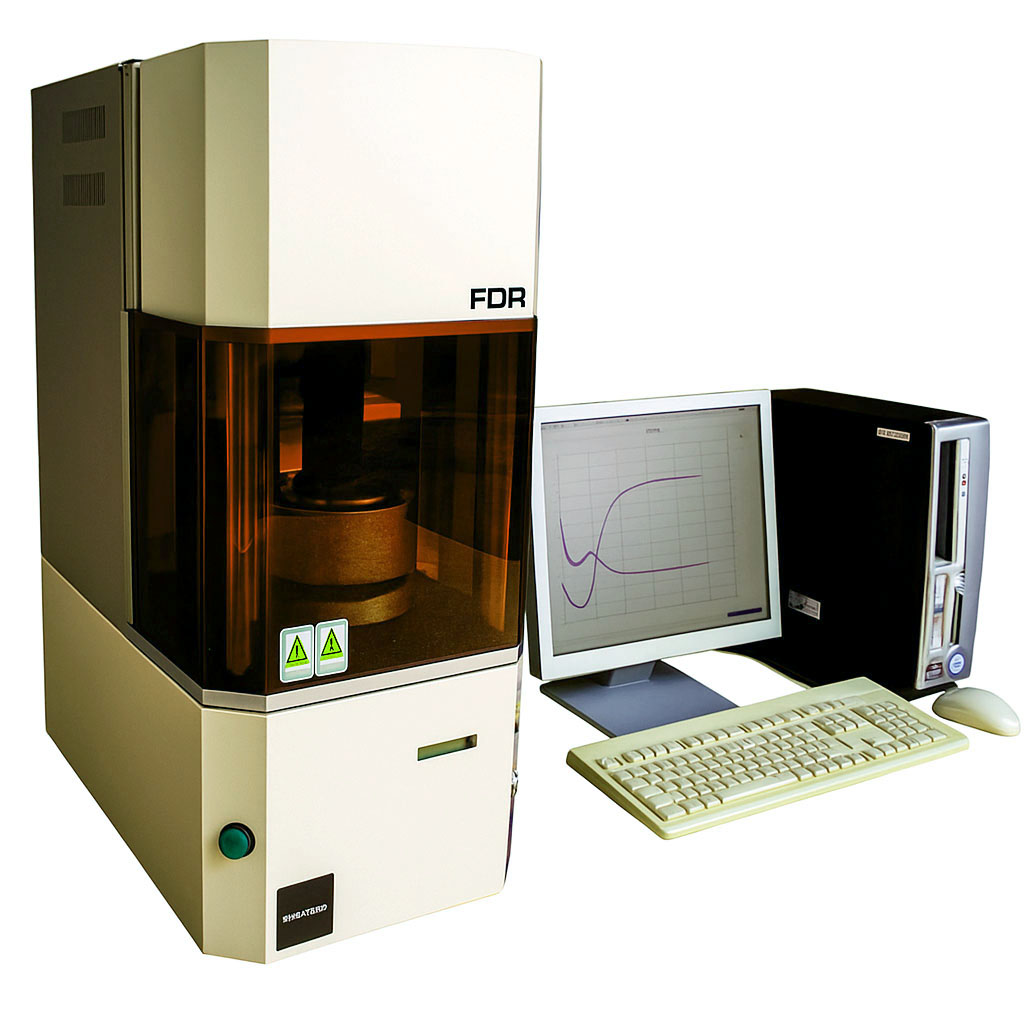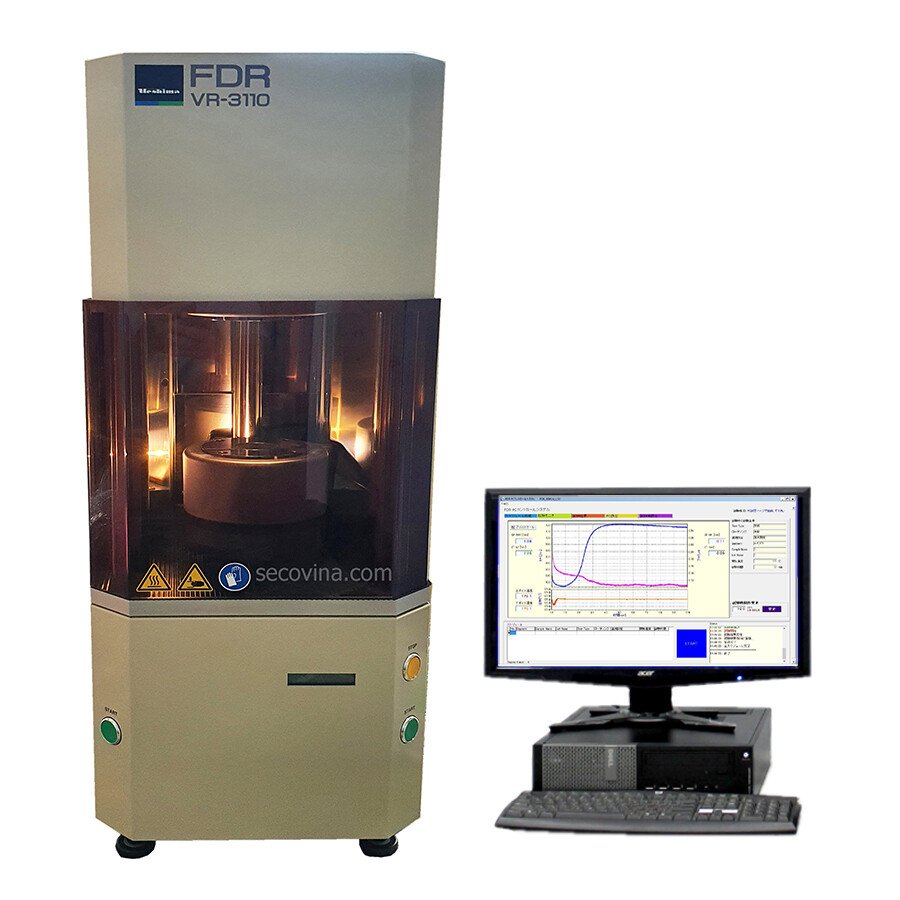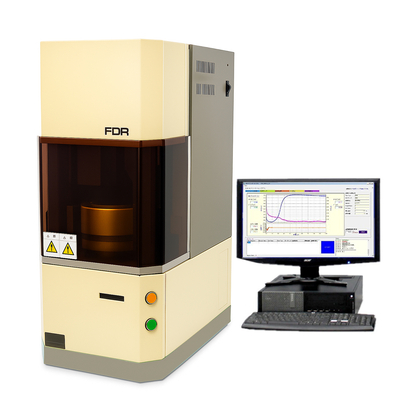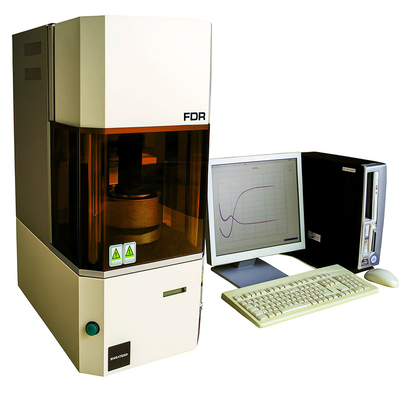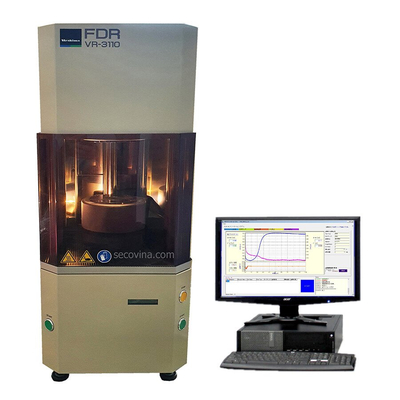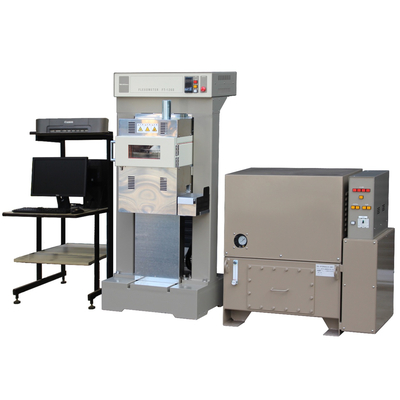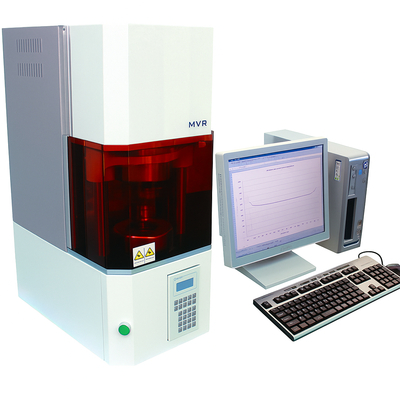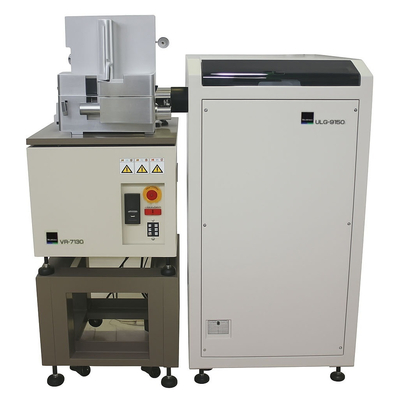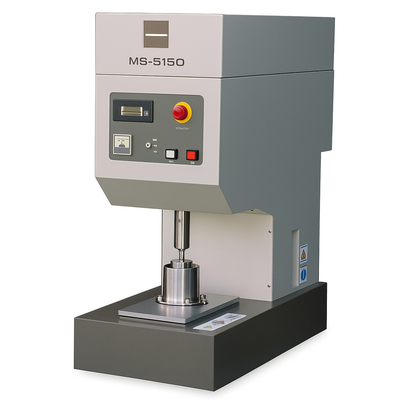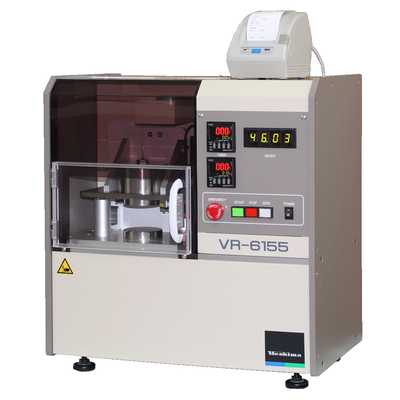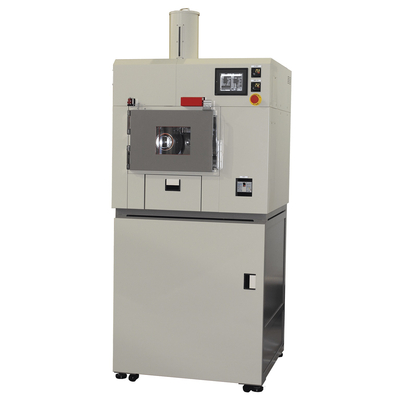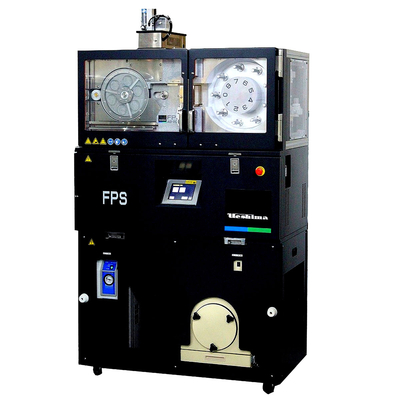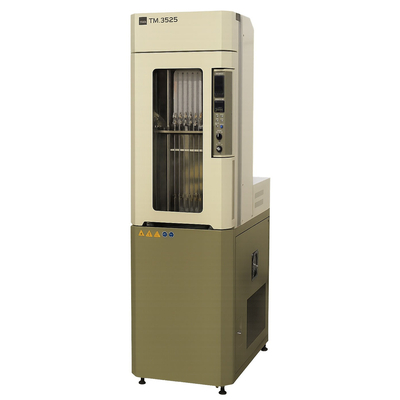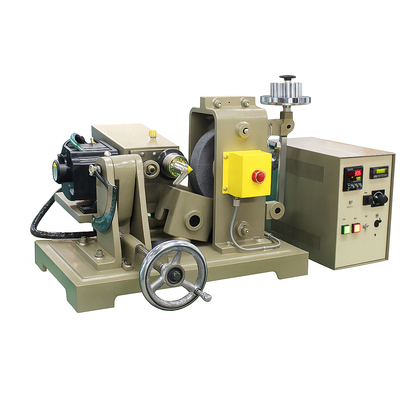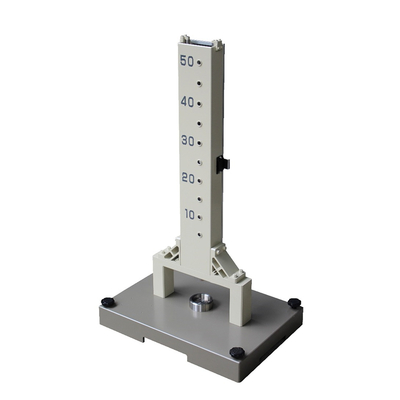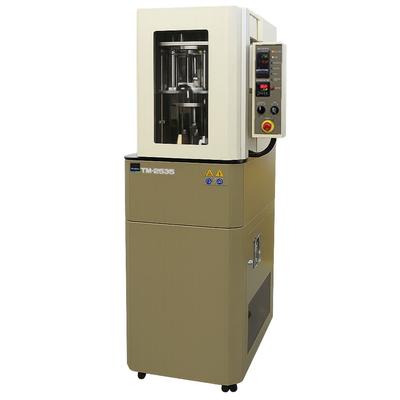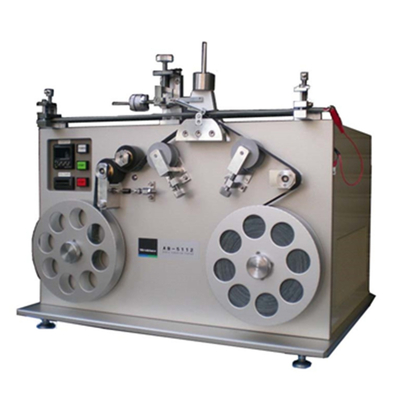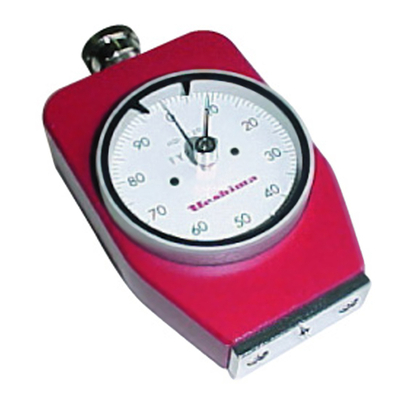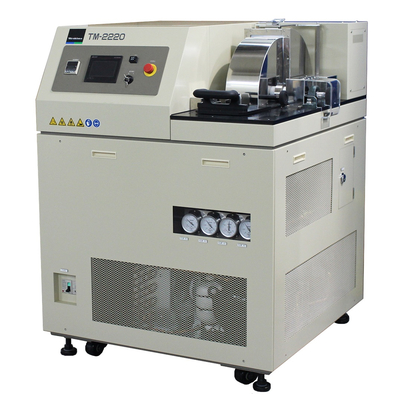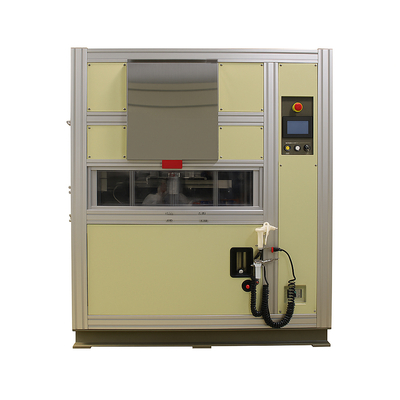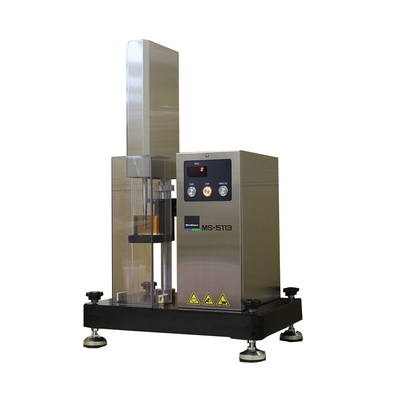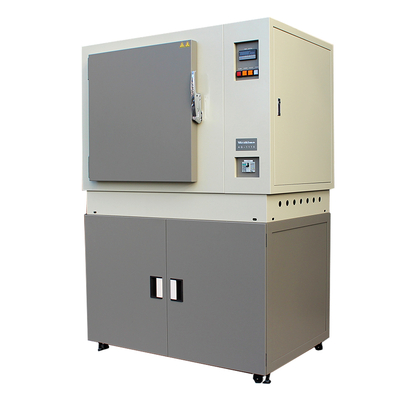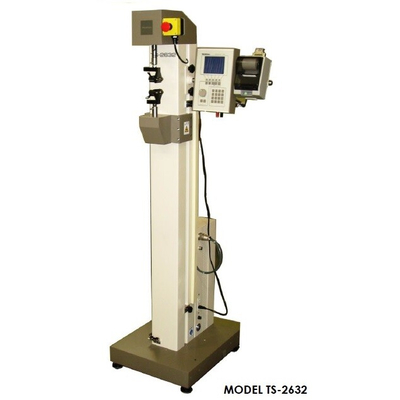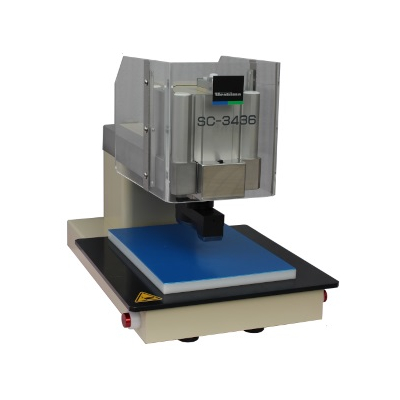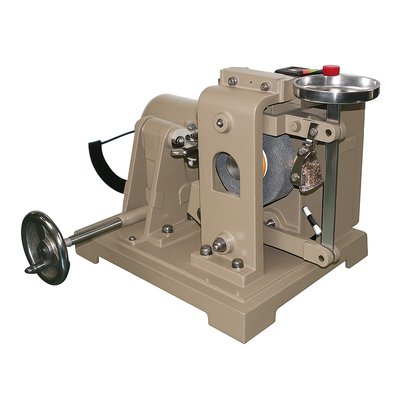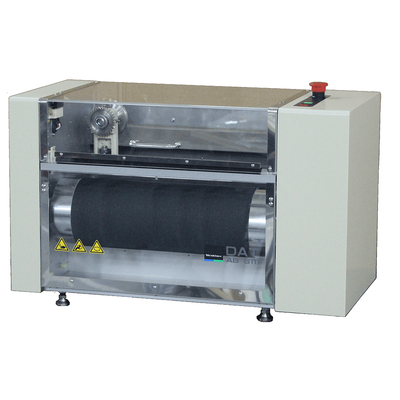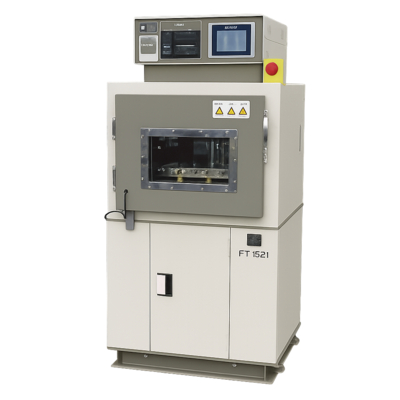Flat Die Rheometer (FDR)
VR-3110
Ueshima
12 months
Flat Die Rheometer (FDR) VR 3110 JIS K6300-2, ISO 6502, ASTM D 5289 (Oscillating Sealed Flat Die Cavity Rotorless Curemeter) FDR (Flat Die Rheometer), manufactured by Ueshima Seisakusho Co., Ltd., 加硫試験機
HOTLINE TƯ VẤN : Tư vấn: 0908866933, Zalo: 0908866933
Flat Die Rheometer
Model: VR-3110
Manufacturer: Ueshima - Japan
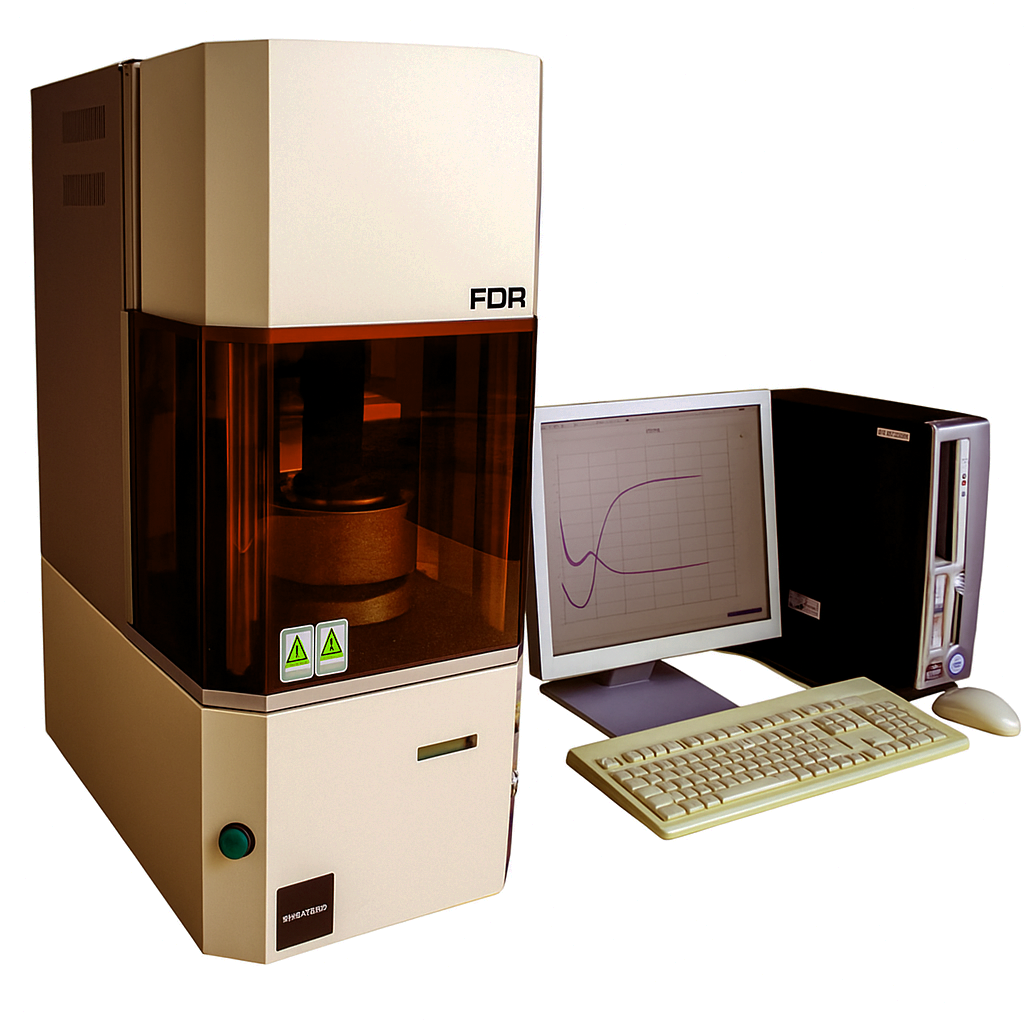
Applicable Standard : JIS K6300-2, ISO 6502
(Oscillating Sealed Flat Die Cavity Rotorless Curemeter)FDR (Flat Die Rheometer), manufactured by Ueshima Seisakusho Co., Ltd., is a high precision rubber vulcanization tester in conformity to Japanese Industrial Standard (JIS) and International Organization for Standardization (ISO). It gives small sinusoidal vibration that does not destroy the compounded rubber and expresses the torque that changes with the progress of vulcanization as a function of time (vulcanization curve), and shows the physical properties like minimum torque, the maximum torque, the scorch time, the vulcanization time and viscoelastic properties.
Application
●Measurement of vulcanization characteristics of compounded rubber along with the vulcanization process.
●Measurement of viscosity of raw and compounded rubber
Outstanding Features
●Excellent Temperature Control by 4HD (4 Heater Drive)
(Film Heaters are adopted and each of them is controlled by PID.)
・Shortened warm-up time.
・Shortened temperature recovery time after placing a sample.
・Excellent repeatability of test results.
●Compact and Lightweight (Minimized installation space)
●Conical drive, which adopts conical rotary movement, realizes an accurate sinusoidal oscillation.
●Simple Calibration System
・ Automatic Calibration of Load Cell by Electric Calibration System
・ Automatic Calibration of Phase and Torque by a Dynamic Calibrator
●Easy Operation and Data Management by PC
・ The measurement results can be easily exported to spreadsheet software like EXCEL, enabling easy preparation of reports, histograms and control charts.
●Unitization of Each Unit for Easy Maintenance
・ Heater, load cell and other input / output related amplifiers are unitized into a PCB in the machine.
・ Supply of units such as heater and temperature sensor
Measurement Principle
By placing compounded rubber between the upper and lower dies at a specified temperature, it measures torque which varies with rubber vulcanization while being subjected to sinusoidal torsional vibration. The vulcanization characteristics can be obtained while tracing changes in viscoelasticity during vulcanization process.
Applicable Standard: JIS K 6300-2, ISO 6502
Shape of Die: No friction flat sealed cavity(JIS & ISO compliant)
Pressurizing Method: Pneumatic Cylinder (Oil-less type) Cylinder Inner Diameter: 160mm
Oscillation Drive Method: Sinusoidal Vibration Mechanism by Conical Rotational Motion “Cone Drive”
Oscillation Drive Motor: Synchronous Motor 25W AC100V
Oscillation Transmitting Method: Elastic Connection by Leaf Spring
Frequency: 1.67Hz (100cpm)
Oscillation: Angle ±1°
Oscillation Angle Accuracy: 2±0.03°(Without Load)
Torque Detecting Method: Strain Gauge Type Load Cell
Torque Transmission Method: Elastic Connection by Leaf Spring
Testing Temperature Range: 50 to 230°C
Temperature Control Accuracy: Die Temperature: ±0.3°C at 190°C
(Internal and External Die Temperature Difference: ±1.0°C at 190°C)
Heat Control Method: Independent PID Control on four pieces of Film Heaters (Upper / Lower Die, Upper Outer / Lower Outer Die)
Temperature Sensor: Pt100 4pcs
Maximum Testing Time: 9999minutes
Shield Cover: Colored Acrylic on Front and Sides (Preventing external air and for Safety)
Safety Equipment:
(1) Two-hand Press Start Switch (Cylinder lifts only when both buttons are pressed simultaneously.)
(2) Overload Protection (more than 22N・m)
(3) Overheat Protection (Heater will be turned off at 240°C or higher.)
Communications RS232C
Utilities:
(1) Power Source: AC100V, Single Phase, Power Consumption less than 700VA
(2) Air Source: Dry Air 0.343 to 0.7MPa
Dimensions and Weight: Approx.333(W)×520(D)×780(H)mm, Approx.110kg
Standard Items
(1) Equipment main unit: 1 set
(2) Accessories 1set (Software, Calibration Kit, Special Tool,)
Bình luận
Sản phẩm cùng loại
Constant-stress/strain flexometer
Mooney Viscometer
Dynamic Mechanical Analyzer (DMA)
VR-6155
AB-1150 LAMBOURN ABRASION TESTER
FPS WEAR TESTING SYSTEM
TR Tester
Akron Abrasion Tester
Dupont Impact Tester
GEHMAN’S TORSION TESTER
Cable Abrasion Tester
Durometer Shore A - Shore D
Low Temperature Brittleness Tester
RTM Friction Tester (Tire)
latex mechanical stability tester
GEER’S AGING OVEN
Tensile testing machine
Pneumatic Drive Press Cutting Machine
Akron Abrasion Tester
DIN Abrasion Tester
DEMATTIA FLEX CRACKING TESTER
Fanpage

